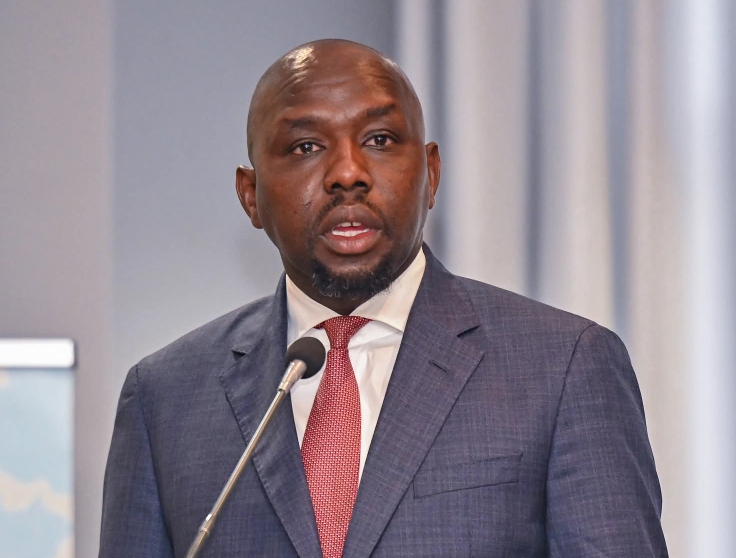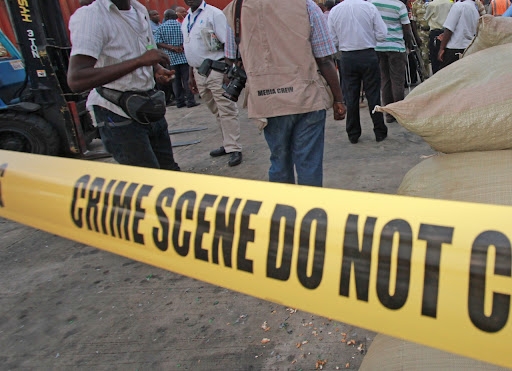

Interior and
National Administration Cabinet Secretary Kipchumba Murkomen on Friday, July
18, 2025, issued his first policy directive to guide the police on the use of
force and firearms.
The
directive, addressed to Inspector General of Police Douglas Kanja, aims to
standardize the use of force across the National Police Service (NPS) while
ensuring transparency, accountability, and adherence to constitutional
standards.
“I have
issued a policy directive on the use of force and firearms pursuant to Article
245(4) of the Constitution, the National Police Service Act, and relevant court
decisions,” said the CS.
“The policy
outlines clear recommendations on how force should be applied within the legal
framework.”
Murkomen
said the directive is grounded in Article 245(4) and (5) of the Constitution
and sections 61, 6A, and 6B of the NPS Act.
It excludes certain contested provisions under
Part B, paragraphs 1(c), (d), and (e). He emphasized that the goal is to
promote a consistent and transparent approach to law enforcement.
According to
the policy, the NPS must embrace modern technologies such as body-worn cameras,
fixed CCTV systems, and digital evidence capture tools to improve operational
transparency and maintain the integrity of investigations involving force.
The document
defines "use of force" as the application of physical power, including
restraints and weapons, to compel compliance or overcome resistance.
It clearly
states that force may only be used in accordance with the law, departmental
orders, and this policy directive.
“A police
officer may use force only to the extent required for the performance of duty,”
it states.
“Force must
never be used as a form of extrajudicial punishment.
No additional force is lawful once a suspect
is safely and lawfully detained.”
The
directive emphasizes that force should be lawful, necessary, proportionate, and
used as a last resort.
Officers are
required to explore non-violent means first and to exercise restraint when
force is unavoidable.
The
seriousness of the offence, the level of resistance, and the imminent threat
must all be factored in before any force is applied.
The policy
prohibits the use of firearms unless there is a clear threat to life or risk of
serious injury, and no alternative exists to neutralize the danger.
Officers
must notify the Independent Policing Oversight Authority (IPOA) as soon as
possible after any such incident.
On the
dispersal of unlawful but non-violent assemblies, the directive instructs law
enforcement to avoid the use of force. If force is unavoidable, it must be
strictly limited to the minimum necessary.
The police
are also tasked with protecting peaceful protesters from violence or
interference by third parties, as per Article 37 of the Constitution.
Special care
is to be taken when dealing with children, older persons, people with
disabilities, and other vulnerable groups.
Force in
such situations must be sensitive, non-discriminatory, and proportionate.
Murkomen’s
directive also outlines expectations for police conduct.
Officers
must act with self-control, treat the public with respect, and use
de-escalation strategies to reduce the likelihood of conflict.
The policy
mandates regular de-escalation training and calls for the screening, training,
and periodic evaluation of officers' mental, physical, and ethical readiness.
The National
Police Service Commission is directed to place special emphasis on ethics,
mental health, human rights, and peaceful conflict resolution.
Officers are
expected to undergo continuous training and demonstrate proficiency in
force-related protocols.
To support
transparency and accountability, the NPS is instructed to foster a culture of
responsibility.
Officers
must account for their actions while being supported by internal processes that
recognize the challenges of operational policing.
“All officers
accused in connection with use-of-force incidents shall be afforded legal
representation in coordination with the Office of the Attorney-General to
ensure due process,” the document states.
The policy
also calls on the Directorate of Criminal Investigations (DCI) to embed
qualified personnel in investigative teams to ensure timely and impartial
inquiries.
Officers involved in use-of-force incidents
will be entitled to independent investigations under Section 24, Part III of
the IPOA Act.
Murkomen's
directive concludes by mandating measurable Key Performance Indicators and a
centralized data system.
The system
will track all reportable force incidents, public complaints, training
completion rates, and other accountability metrics.
The
Inspector General has been directed to ensure full awareness and compliance
with the policy across the National Police Service.












